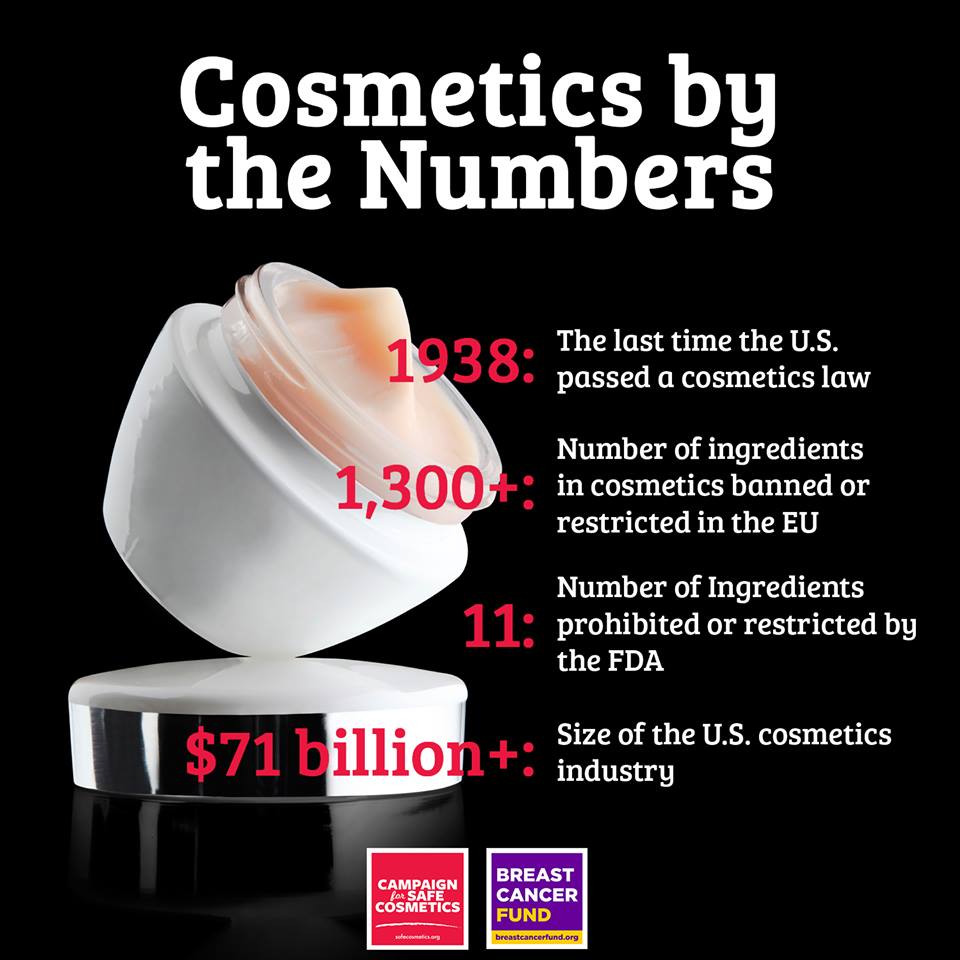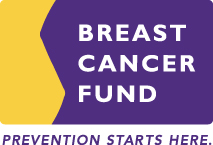Malwarebytes is proud to support the Breast Cancer Fund this October because of their work to shift the conversation from awareness to prevention. Throughout the month of October we’ve been doing our part to help spread awareness and support research, including our promise to donate $1 for every “like” our Facebook post receives. Below is an article from the Breast Cancer Fund on how to prevent your risk of breast cancer by eliminating exposure to chemicals and radiation in our everyday environments.
Welcome to Breast Cancer Awareness month, when pink ribbons cover everything from toxic cosmetics to BPA-lined food cans, urging us to be aware of breast cancer. But when 1 in 8 women will be diagnosed with the disease, how much more awareness do we need? The following tips, which are all developed from scientific research, will help turn awareness into individual action in your own life to prevent the disease.
- Lower your exposure to medical radiation Although X-rays and CT scans can give critical information for diagnosing medical problems, exposure to this kind of radiation is the longest and most firmly established environmental cause of breast cancer. Keep a record of your medical radiation exposure and discuss with your medical care team whether or not the tests are necessary and whether there may be alternative tests that don’t use radiation, such as an MRI or ultrasound.
- If you eat meat, choose hormone-free The synthetic growth hormone Zeranol is one of the most widely used chemicals in the U.S. beef industry, even though it’s been banned in the European Union since 1989. It mimics estrogen and studies have shown cancer cells exposed to Zeranol-treated beef show significant increases in cancer growth.
- Choose organic fruits and veggies—avoid pesticides Pesticides are formulated with the intent of destroying pests—it’s no wonder that they’re harmful to our health as well. Studies have shown that some herbicides and pesticides stimulate growth of breast cancer cells or cause mammary cancer in rats. Therefore, you should go for certified organic produce, which is grown without toxic pesticides and herbicides.
- Choose cleaning products that tell you what’s in them…or make your own Ever notice that those strong-smelling window cleaners and scouring powders you use don’t list ingredients on their labels? That’s because no law requires manufacturers to do so, even though these products often contain chemicals linked to breast cancer and other serious health problems. Look for products made by companies that voluntarily disclose ingredients, or learn how to make your own. A little bit of baking soda and vinegar will go a long way. Take action here.
- Ditch your Teflon pots and pans Although there’s no denying they make our life easier, nonstick pans and stain-resistant materials can contain toxic perfluorinated chemicals. These endocrine disruptors have been associated with delayed menstruation, later breast development, and increased incidence of breast cancer. Alternatives include anodized aluminum, stainless steel, or cast iron.
- Avoid toxic kids PJs Even though some flame retardants have been phased out of kids pajamas, these harmful ingredients have been replaced with other dangerous chemicals. Stay away from PJs labeled “flame resistant,” and pick snug-fitting alternatives that provide fire safety without toxic chemicals.
- Don’t be fooled by “natural” claims on beauty products The beauty industry is virtually unregulated in the U.S., and many toxic chemicals can be found in the most common of makeup, shampoos, lotions, and other personal care products. A claim of “organic” or “natural ingredients” still leaves plenty of room for harmful ingredients. Use the Think Dirty app to find out if your products are safe.

- Avoid canned foods While the endocrine-disrupting chemical bisphenol-A (BPA) has been banned from baby bottles, sippy cups, and infant formula packaging, it is still widely used to line food cans. More than 300 laboratory and human studies have linked low levels of BPA exposure to a staggering number of health problems, including breast cancer, prostate cancer, infertility, early puberty, and diabetes. Even minuscule amounts have been shown to disrupt normal prenatal development. Avoid canned foods and learn more.
- Find safe ways to fight germs Triclosan was initially developed as a surgical scrub for medical professionals, but in recent years it has been added to a host of consumer products, from kitchen cutting boards to shoes. Triclosan in cosmetics, antibacterial soaps, and body washes may contribute to making bacteria resistant to antibiotics. Endocrine disruption, allergies, and organ system toxicity are among the additional health concerns associated with this prevalent chemical.
- Know your plastics Plastic is everywhere—it’s used in consumer products and packaging of all kinds, but there are serious risks to human health and the environment from its widespread use. Vinyl Chloride was one of the first chemicals designated a known human carcinogen. Yet it’s still used in food packaging, medical products, appliances, cars, and more. Avoid plastics that contain phthalates, especially polyvinyl chloride (PVC), which often has the recycling code 3.
More tips for protecting yourself and your family from plastics here.
About the Breast Cancer Fund
The Breast Cancer Fund works to connect the dots between breast cancer and exposures to chemicals and radiation in our everyday environments. We translate the growing body of scientific evidence linking breast cancer and environmental exposures into public education and advocacy campaigns that protect our health and reduce breast cancer risk. We help transform how our society thinks about and uses chemicals and radiation, with the goal of preventing breast cancer and sustaining health and life. We find practical solutions so that our children, grandchildren and planet can thrive.
Read more about the science behind these tips in the Clear Science Section of our website, which references the growing body of scholarly research on this issue. Get more tips in our Reduce Your Risk section.
Follow the Breast Cancer Fund on Facebook to stay up to date on legislation, tips, actions, and events.
For more information on the Breast Cancer Fund contact Jessica Smith at JSmith@breastcancerfund.org.










